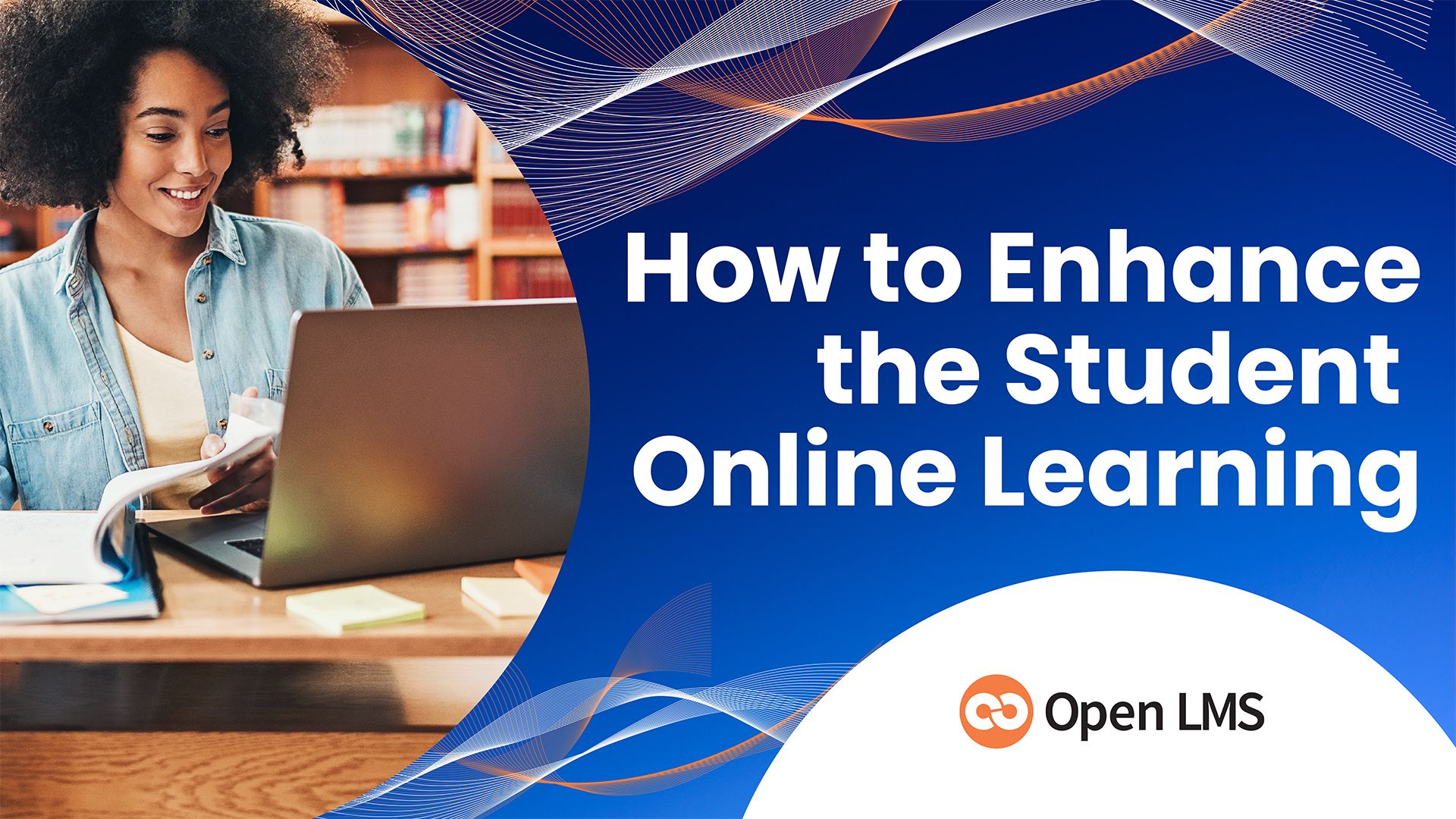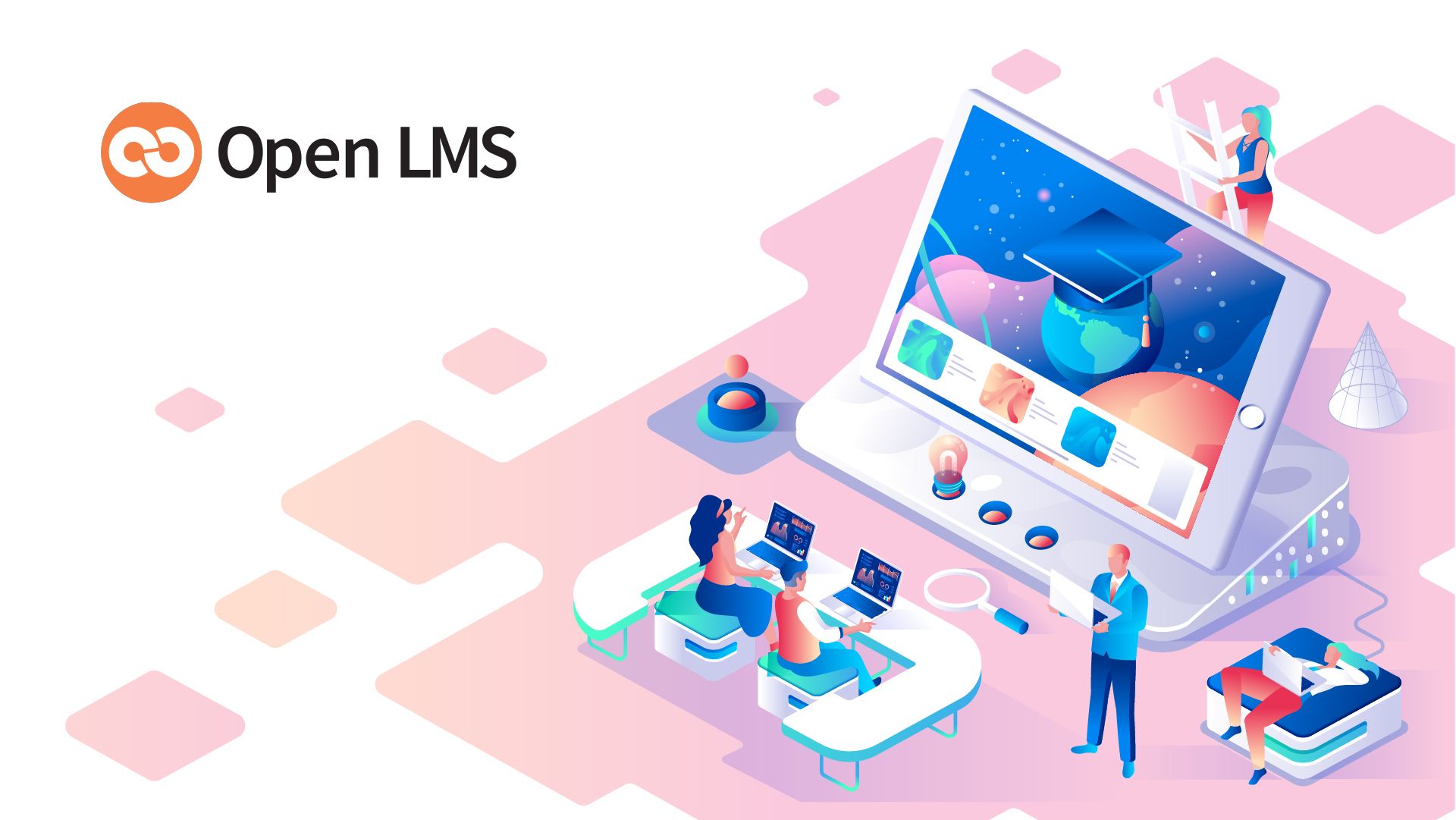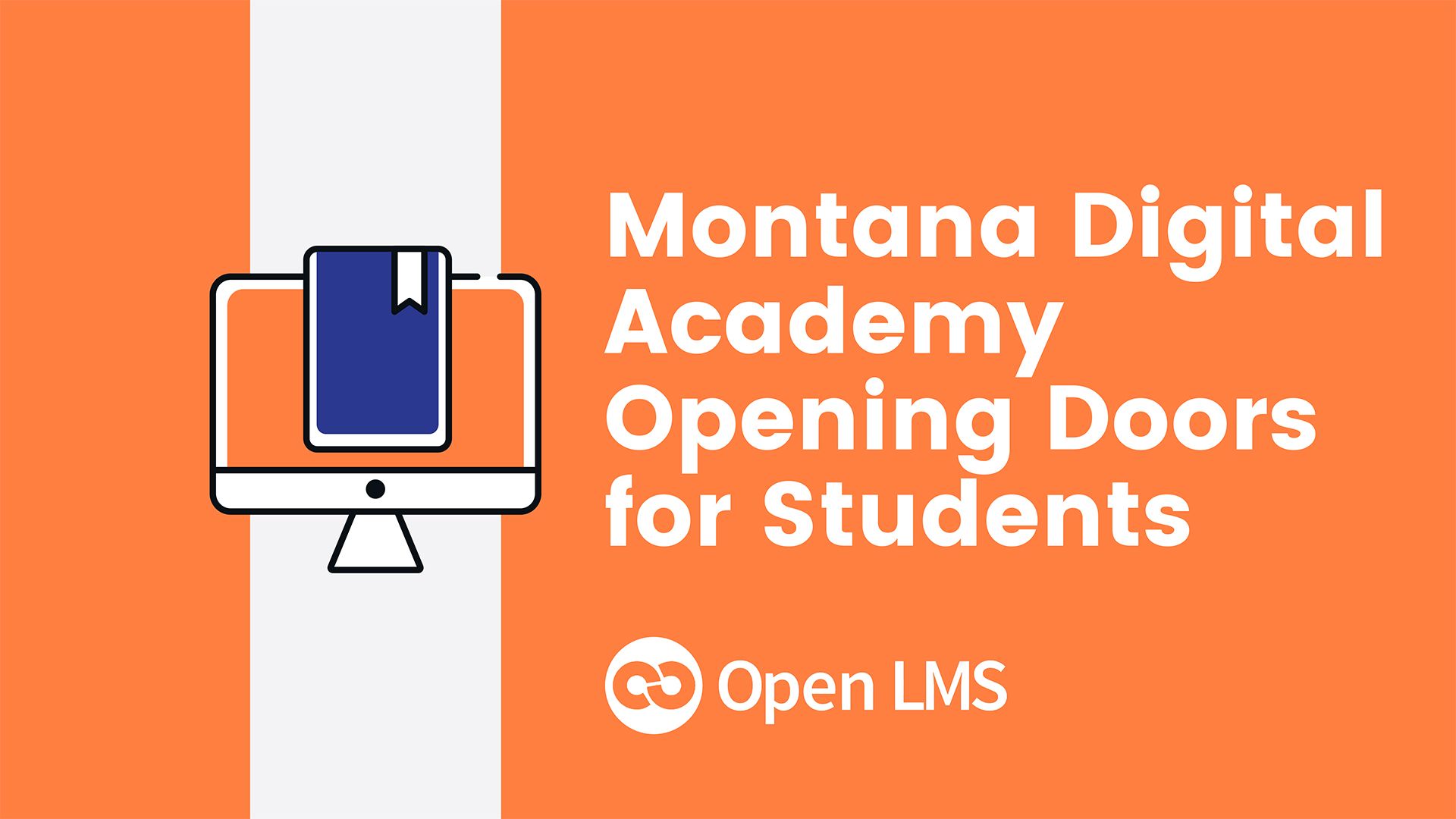
4 In-Demand Skills for the Future and What Learning Institutions Need to Do to Prepare
While it’s impossible to predict the future, we can confidently say that the workforce will continue to develop and change. The advent of robotics and artificial intelligence (AI) continues to change the way organizations provide goods and services. Jobs are restructured or—in some cases—eliminated altogether, and the changes aren’t stopping any time soon. Researchers predict that as much as 50% of the workforce will need to be reskilled by 2025.







